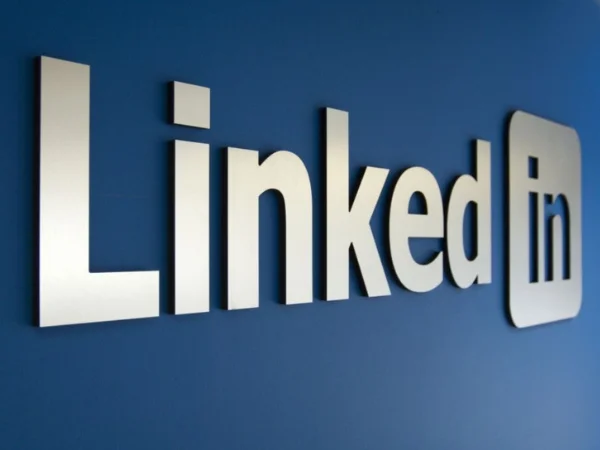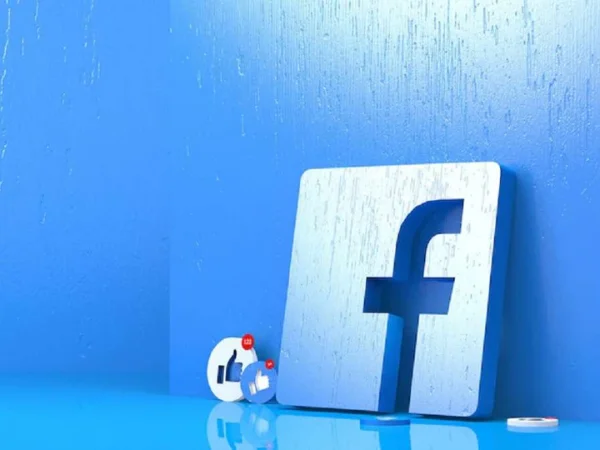
Why Marketing Automation, Why Now?
Trends keep life interesting. It’s always fun to see what sticks, and what fades away.
Read More
4 Simple Ways to Make Automated Emails Feel Personal & On-Brands
There’s no doubt about it: automating your marketing can bring incredible efficiencies to your business, allowing you to scale your efforts without losing precision.
Read More
10 Examples of Highly Effective Welcome Emails
One of the most important tools in your email marketing toolbox is an automated welcome email. When new contacts subscribe to your list you want to welcome them to the group with an inviting email.
Read More
4 Surefire Ways to Prep for Mobile and Tablet Holiday Shoppers
Brace yourself. The holiday shopping rush is upon us. You’re rolling out discounts and bringing in extra staff to handle the influx of customers. You’re ready for traditional shoppers, but are you prepared for mobile buyers?
Read More
9 Reasons Your Emails Get Rejected
It’s email dating 101: there’s nothing worse than waking up, checking your email, and find that annoying email from last night – trying to get back into your inbox for a second round.
Read More
PPC for LinkedIn, What’s the Difference?
Recently a large Enterprise client of mine embarked on a PPC campaign for LinkedIn to promote one of their little known B2B Services Products.
Read More
4 Ways to Drive ROI with Facebook and Marketing Automation
Facebook advertising is a powerful tool for marketers. The social network is constantly releasing new and exciting features, enabling brands to drive traffic, awareness, new leads, and ultimately sales.
Read More
Should Hospitals be on Facebook? Social Media Marketing for the Healthcare Industry
Across industries, sophisticated organizations are now committing both time and money to their social media marketing campaigns. But the healthcare industry (including hospitals, B2B medical manufacturers, and health clubs) has hesitated to embrace social media
Read More
The Do’s and Don’ts of Holiday Email Marketing
It’s finally here! The crisp smell of fall, the crunchy leaves, pumpkin spice everywhere, and it can only mean one thing…it’s officially holiday season! I have to admit; this is my favorite time of year. I am counting down the days until after Thanksgiving so I can blast my Christmas music without shame, anywhere and everywhere.
Read More
Facebook Stats that Every Social Marketer Should Know
With over 1.23 billion active users (including 71% of online adults in the United States), a 94% increase in shared content since 2012, and enough spending money to buy several small countries, it’s clear that Facebook isn’t going anywhere soon
Read More